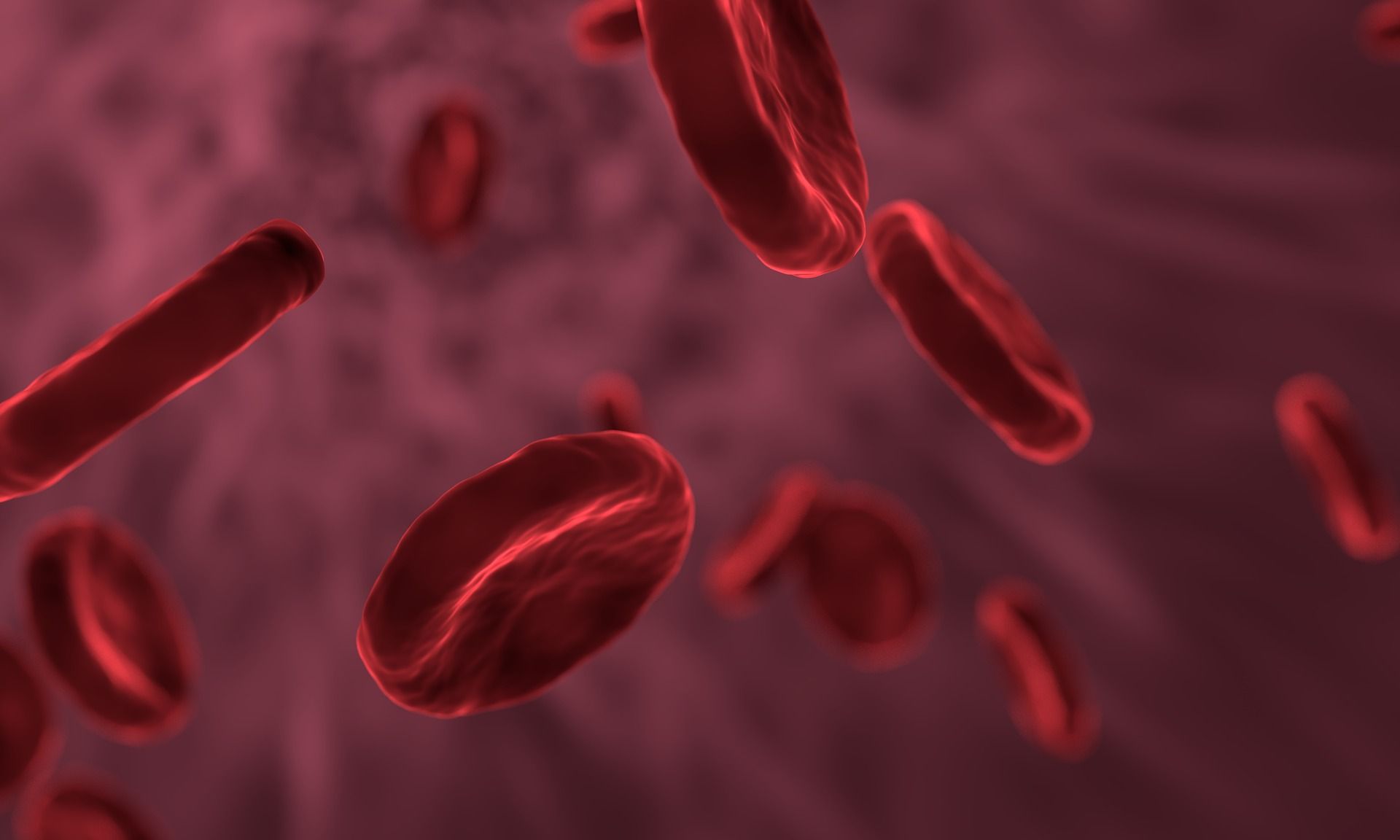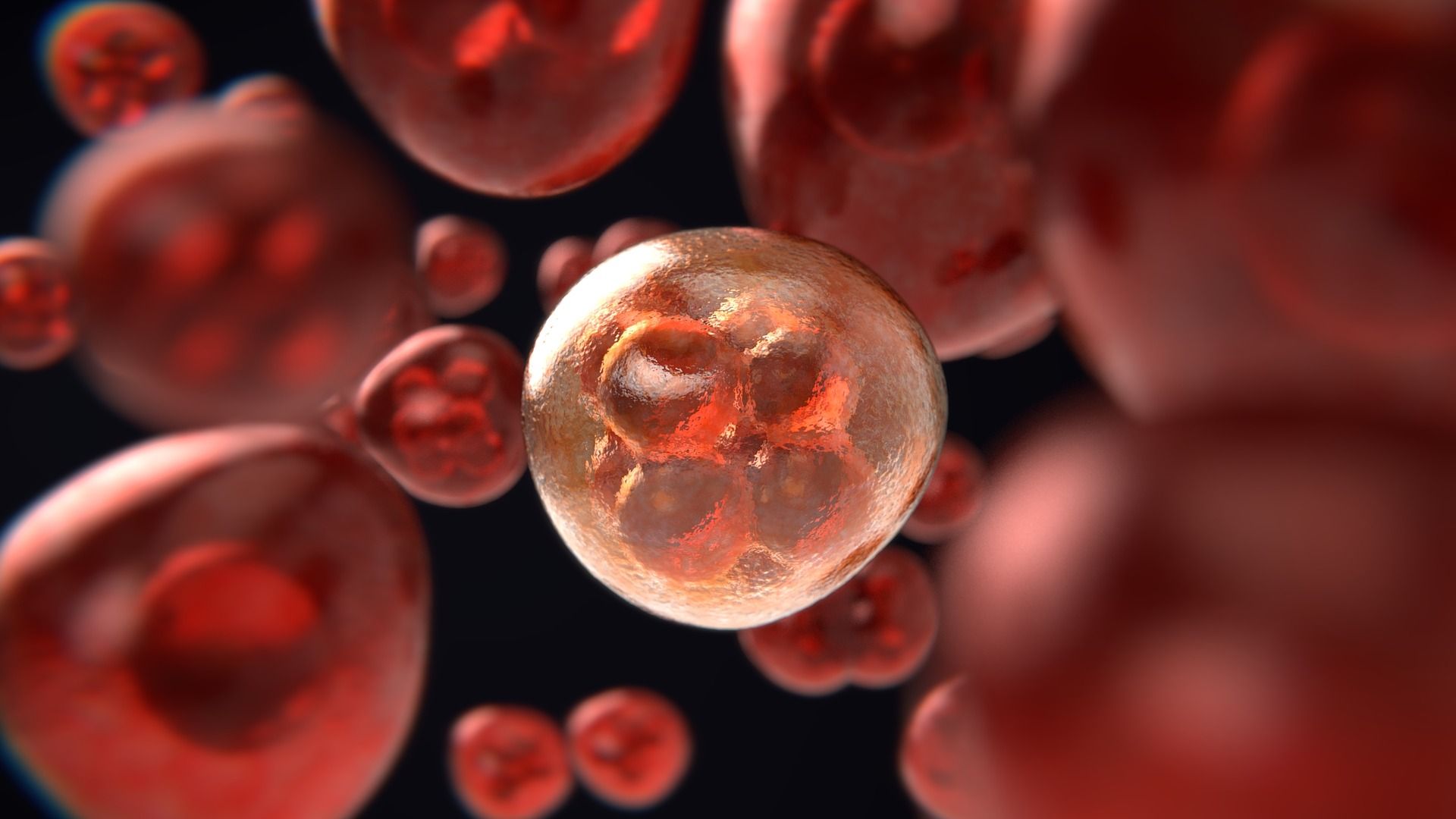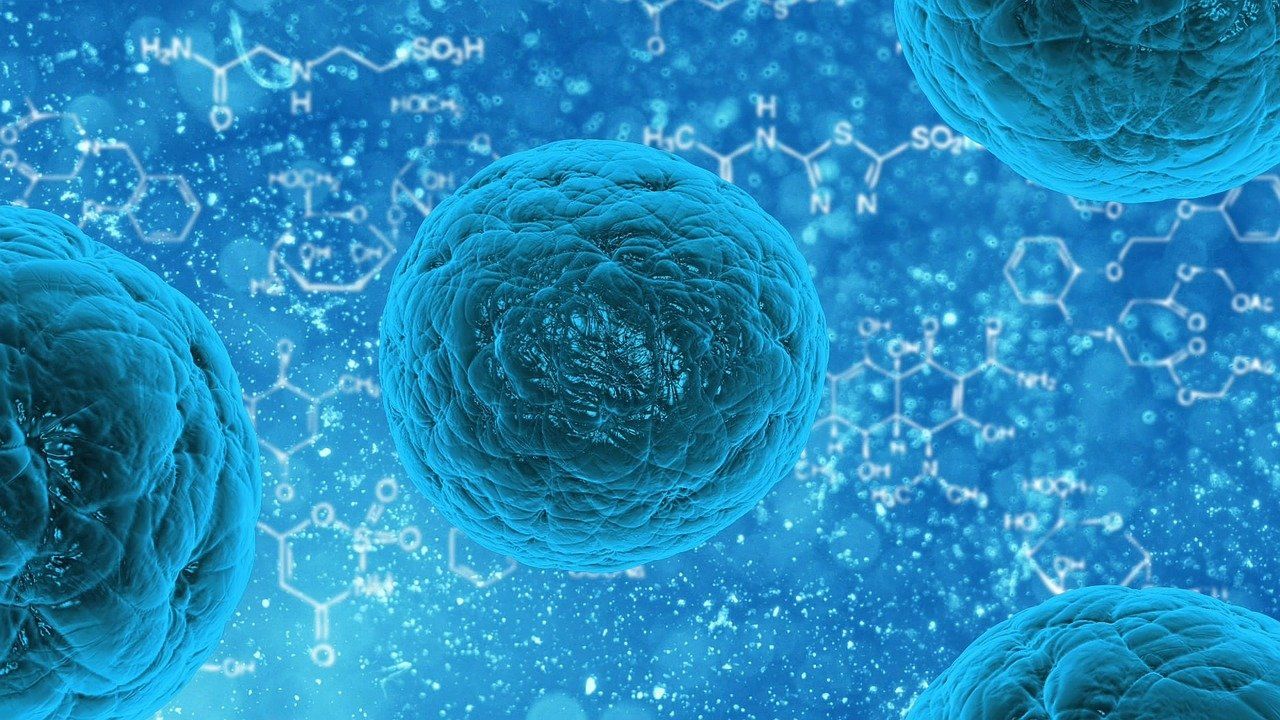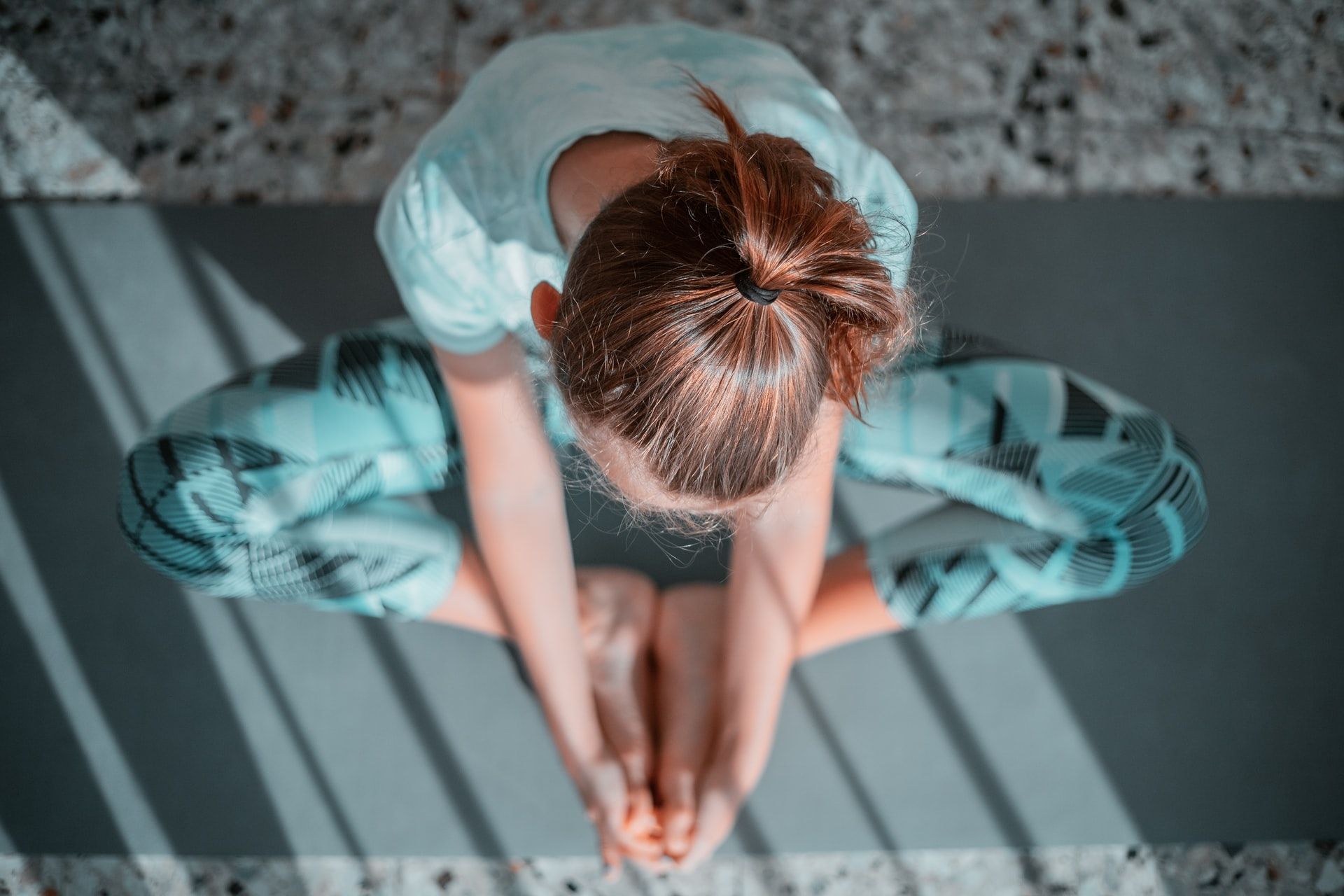Image by Kajetan Sumila from Unsplash
During an ACL reconstruction, the surgeon replaces the torn ACL with a new one. The new ACL can come from a variety of different places, for a more in depth explanation of where your ACL graft comes from, check out this blog. So you are likely wondering will my new ACL be weaker, stronger, or the same as my original ACL? In this blog, we will discuss the strength and healing process of your ACL graft, which is another word for the replacement or new ACL.
After an ACL injury, the graft goes through 3 main stages of healing: the early graft phase, proliferation phase, and ligamentization phase.
Early Graft Healing Phase (0 - 4 Weeks After Surgery)
- The objective tensile strength of most grafts is much stronger than that of an ACL. Tensile strength is the amount of pressure something can bear before breaking. Therefore, right after surgery, the graft is typically stronger than the original ACL.[1]
- When the graft is placed inside the body, it is not initially connected to any blood vessels. Blood is what provides nutrients to cells to keep them alive. This causes some of the cells of the graft to die.[3] The graft therefore loses some of its cell density and strength.

Image by allinonemovie from Pixabay
Proliferation phase (4 - 12 Weeks After Surgery)
- The dead cells cause the body to react, and release a hormone called growth factors.[3] Growth factors then cause many other reactions in the body, such as creating blood vessels that feed the ACL graft and creating new cells to replace the ones that died.[3] This process is so productive that the body actually creates too many blood vessels and cells.[2] The new cells also have a random organization on the graft.[2]
- The graft becomes weaker than the original ACL during this phase, and is the weakest 6 - 8 weeks after surgery, because of all of these changes going on.[3] This is why playing sports is not safe right after an ACL reconstruction surgery.

Image by ColiNOOB from Pixabay
Ligamentization phase (>12 Weeks After Surgery)
- The graft now begins to remodel itself, which means changing the way it looks, to more closely resemble the original ACL. During remodeling, the excess blood vessels and cells are removed, and the graft starts to arrange it’s cells in a more organized manner.[3] This remodelling continues to occur years after an ACL reconstruction surgery, and has no definitive endpoint.[3]
- The graft gets stronger in this phase, because of this remodelling process, and around 1 year after surgery is back almost as strong as the original ACL.[3]
- However, it’s important to mention that every single study has shown that a new ACL never fully gains the same biological or mechanical properties as the original ACL.[3] This means that an ACL reconstruction surgery can get your knee to very close to perfectly healthy, but it will still never be quite as healthy as it was before the actual injury.

Image by PublicDomainPictures from Pixabay
Many factors can affect someone's actual ability to start using their knee again or to return to sports. In terms of what this means for your ACL recovery after ACL reconstruction surgery, it takes time for your body to heal and adjust to the new ACL, so it’s important to follow proper precautionary guidelines set out by your healthcare providers.
Conclusion:
An ACL graft after a reconstruction surgery is initially stronger, but over time becomes weaker, and eventually is almost as strong as your original ACL. These changes occur as a result of the body’s natural reaction to the new ACL graft. This knowledge helps inform people on the precautions they should be taking after an ACL reconstruction surgery.
Curovate can help you if you have had an ACL reconstruction surgery, to help get you back to the activities that you love. The app contains daily exercise plans created by an experienced licensed physiotherapist, along with return to sport exercises and daily video guided exercises. Download our ACL recovery app below. If you need further customized assistance during your surgery or injury recovery check out our Virtual Physical Therapy page to book your 1-on-1 video session with a physical therapist.
 |
 |
|---|
Other Blogs Related to ACL Reconstruction:
- Where is my new ACL coming from?
- ACL Recovery Timeline
- When can I return to sport after an ACL injury or surgery?
- Is an ACL surgery painful?
- What is an ACL and how is it injured?
- Can an ACL injury lead to arthritis in the future?
- Is it normal to still have pain after an ACL reconstruction surgery?
- Why is my knee numb and tingly after an ACL reconstruction surgery?







